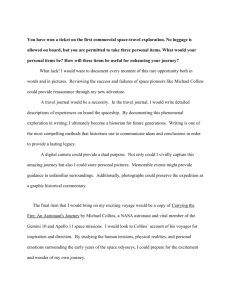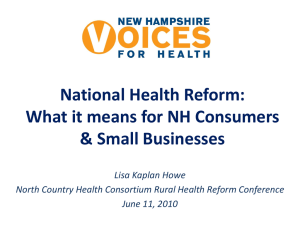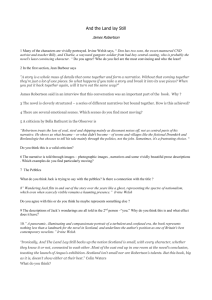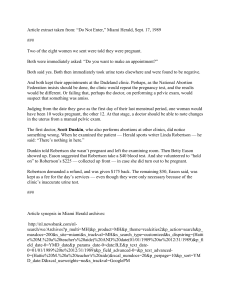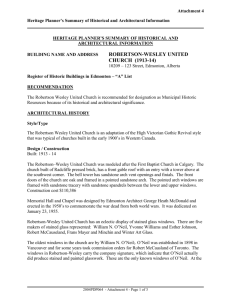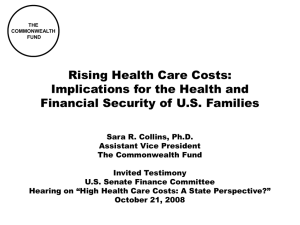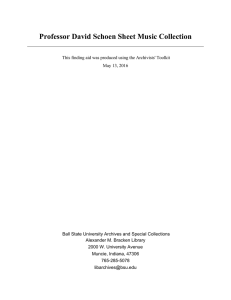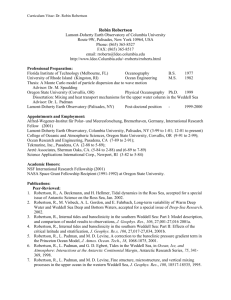Week 3 DQ2 Federal Policy In recent years, immigration, health care
advertisement
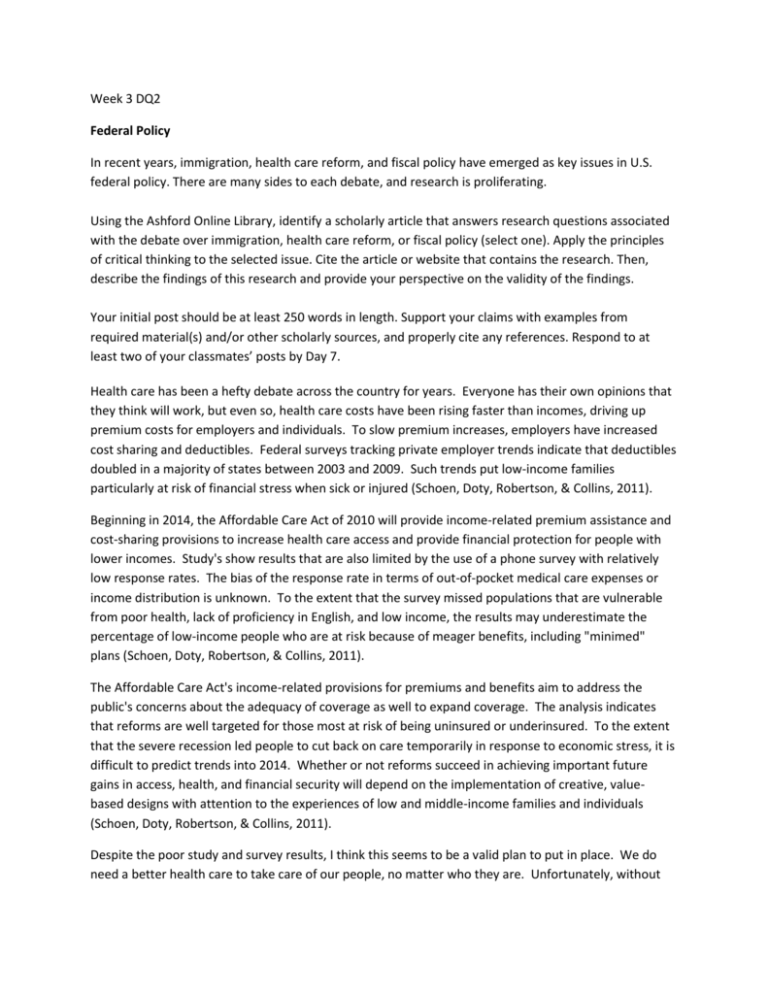
Week 3 DQ2 Federal Policy In recent years, immigration, health care reform, and fiscal policy have emerged as key issues in U.S. federal policy. There are many sides to each debate, and research is proliferating. Using the Ashford Online Library, identify a scholarly article that answers research questions associated with the debate over immigration, health care reform, or fiscal policy (select one). Apply the principles of critical thinking to the selected issue. Cite the article or website that contains the research. Then, describe the findings of this research and provide your perspective on the validity of the findings. Your initial post should be at least 250 words in length. Support your claims with examples from required material(s) and/or other scholarly sources, and properly cite any references. Respond to at least two of your classmates’ posts by Day 7. Health care has been a hefty debate across the country for years. Everyone has their own opinions that they think will work, but even so, health care costs have been rising faster than incomes, driving up premium costs for employers and individuals. To slow premium increases, employers have increased cost sharing and deductibles. Federal surveys tracking private employer trends indicate that deductibles doubled in a majority of states between 2003 and 2009. Such trends put low-income families particularly at risk of financial stress when sick or injured (Schoen, Doty, Robertson, & Collins, 2011). Beginning in 2014, the Affordable Care Act of 2010 will provide income-related premium assistance and cost-sharing provisions to increase health care access and provide financial protection for people with lower incomes. Study's show results that are also limited by the use of a phone survey with relatively low response rates. The bias of the response rate in terms of out-of-pocket medical care expenses or income distribution is unknown. To the extent that the survey missed populations that are vulnerable from poor health, lack of proficiency in English, and low income, the results may underestimate the percentage of low-income people who are at risk because of meager benefits, including "minimed" plans (Schoen, Doty, Robertson, & Collins, 2011). The Affordable Care Act's income-related provisions for premiums and benefits aim to address the public's concerns about the adequacy of coverage as well to expand coverage. The analysis indicates that reforms are well targeted for those most at risk of being uninsured or underinsured. To the extent that the severe recession led people to cut back on care temporarily in response to economic stress, it is difficult to predict trends into 2014. Whether or not reforms succeed in achieving important future gains in access, health, and financial security will depend on the implementation of creative, valuebased designs with attention to the experiences of low and middle-income families and individuals (Schoen, Doty, Robertson, & Collins, 2011). Despite the poor study and survey results, I think this seems to be a valid plan to put in place. We do need a better health care to take care of our people, no matter who they are. Unfortunately, without the right people in place making the correct decision, I fear that our health plans for the future may become worse rather than better. Reference Schoen, C., Doty, M. M., Robertson, R. H., & Collins, S. R. (2011). Affordable Care Act Reforms Could Reduce The Number Of Underinsured US Adults By 70 Percent. Health Affairs 30.9, 1762-1771.
